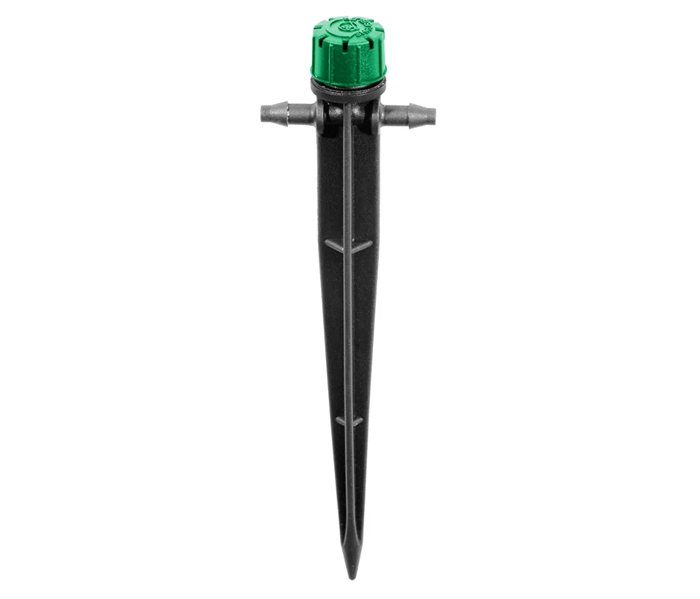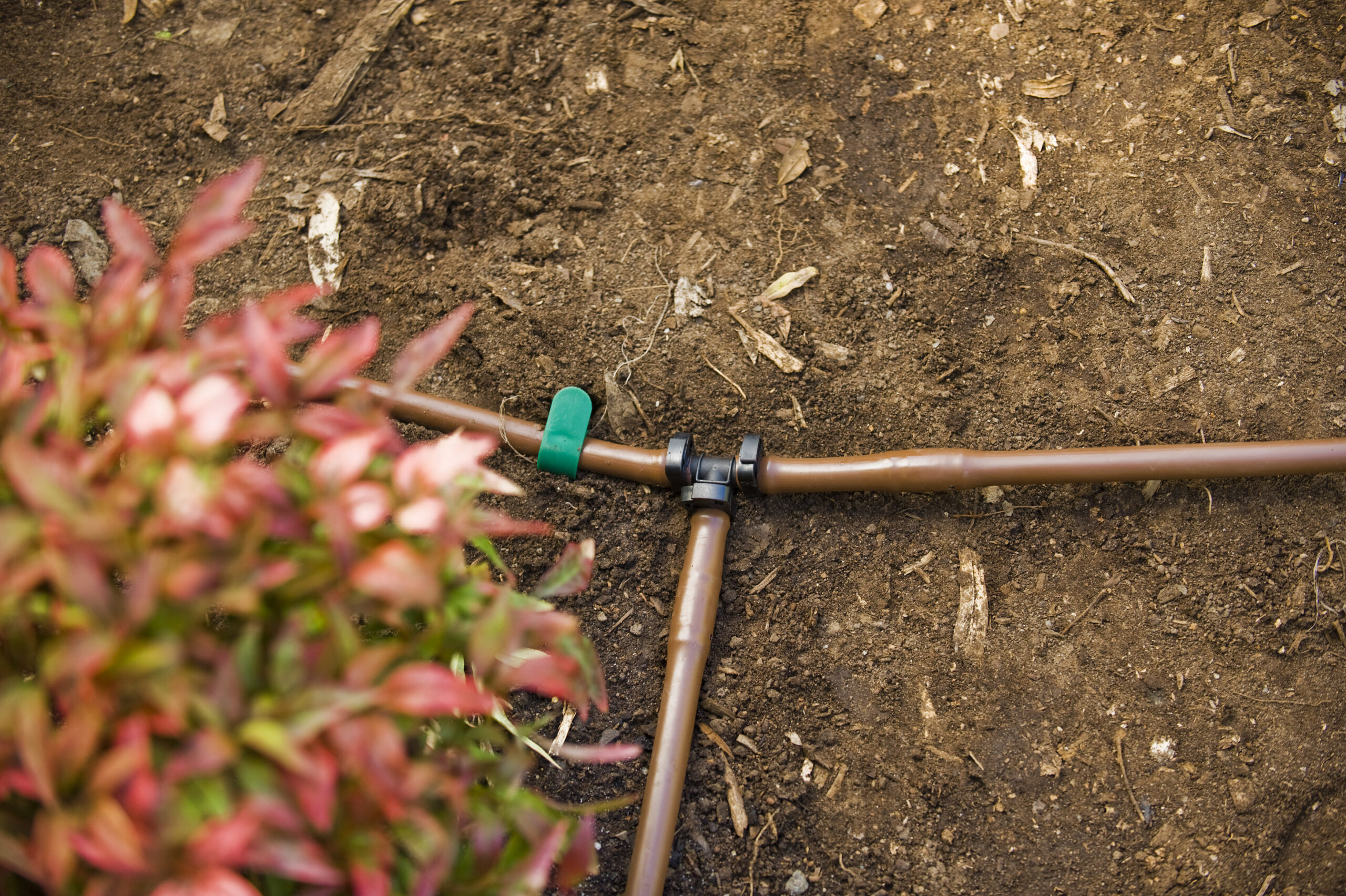Whether you’re short on space, like to move your plants around or simply like the idea of growing fruit trees in pots, it’s a great way to create your own edible garden without too much effort or expense.
We’ve dug up our top tips for growing fruit trees in pots, so you can start planting – and eating!
Why grow fruit trees in pots?
There are so many great reasons to plant fruit trees in pots:
- You don’t need a big garden to reap the benefits of harvesting your own fruit.
- If you move, you can take them with you.
- Planting into a pot is not back-breaking like digging holes in the ground.
- You can move the pots around to make the most of the best growing conditions.
- They’re much easier to water and fertilise to keep in best condition.
- They will naturally stay small and only need a little pruning.
- They’re much easier to protect from possums or rats as netting is easier.
What fruit trees are best for pots?
There’s no need to buy dwarf trees – just choose what fruit you like to eat! Dwarf varieties can be harder to find and more expensive than common varieties.
Just be sure to do your research, as some fruit trees need a pollinator so you may need a second tree.
Most fruit trees will thrive in pots, so why not try citrus varieties? Apples, pears, figs, strawberry, guava, Chilean guava, blueberry bush (which need acidic soil and a cool location), and sapote are all great to grow in pots.




What size pot should I use?
The most important thing is not to re-pot the tree from the small one it came in from the nursery into the final large pot, since the pot needs to match the size of the tree today.
Over around three growing seasons, increase the pot size as the tree grows until it’s in its final pot. Look for something that’s not too heavy, as it will be much heavier once filled with soil. Some pots, like terracotta, are quite porous so paint the inside with a suitable sealer such as bituminous paint to reduce moisture loss.
What potting mix is best for fruit trees?
A good quality premium potting mix with some slow-release fertiliser added is all you need to add to start. Loosen the soil as you remove the tree from the plastic pot, hold the tree at the final height in its new pot, and add the potting mix around it.
Then, gently firm down the potting mix around the tree. Water well to ensure all the potting mix is wet – and make sure the finished height of the soil is the same as it was in the original pot.
Also make sure the drainage holes are large enough, and consider putting medium size stones or gravel in the base to ensure good drainage.
Should I add mulch?
It can be a good idea to mulch the top of the pot, as this will help keep the soil from becoming water-resistant. Straw or chopped lucerne make good mulches. Certain herbs can also be added when the soil is new and fresh.
How should I water my potted fruit plant?
If they’re not getting much rain, potted trees need regular watering. It might be easier to connect them to an automated irrigation system.
If the fruit trees look stressed from a lack of water, they might drop flowers or have issues developing fruit.





Pope’s DIY tip
Run poly pipe and Tricklers on Spikes around the perimeter of the root zone for even watering, which encourages the fruits to grow
There are so many great reasons to plant fruit trees in pots:
- You don’t need a big garden to reap the benefits of harvesting your own fruit.
- If you move, you can take them with you.
- Planting into a pot is not back-breaking like digging holes in the ground.
- You can move the pots around to make the most of the best growing conditions.
- They’re much easier to water and fertilise to keep in best condition.
- They will naturally stay small and only need a little pruning.
- They’re much easier to protect from possums or rats as netting is easier.
There’s no need to buy dwarf trees – just choose what fruit you like to eat! Dwarf varieties can be harder to find and more expensive than common varieties.
Just be sure to do your research, as some fruit trees need a pollinator so you may need a second tree.
Most fruit trees will thrive in pots, so why not try citrus varieties? Apples, pears, figs, strawberry, guava, Chilean guava, blueberry bush (which need acidic soil and a cool location), and sapote are all great to grow in pots.




What size pot should I use?
The most important thing is not to re-pot the tree from the small one it came in from the nursery into the final large pot, since the pot needs to match the size of the tree today.
Over around three growing seasons, increase the pot size as the tree grows until it’s in its final pot. Look for something that’s not too heavy, as it will be much heavier once filled with soil. Some pots, like terracotta, are quite porous so paint the inside with a suitable sealer such as bituminous paint to reduce moisture loss.
What potting mix is best for fruit trees?
A good quality premium potting mix with some slow-release fertiliser added is all you need to add to start. Loosen the soil as you remove the tree from the plastic pot, hold the tree at the final height in its new pot, and add the potting mix around it.
Then, gently firm down the potting mix around the tree. Water well to ensure all the potting mix is wet – and make sure the finished height of the soil is the same as it was in the original pot.
Also make sure the drainage holes are large enough, and consider putting medium size stones or gravel in the base to ensure good drainage.
Should I add mulch?
It can be a good idea to mulch the top of the pot, as this will help keep the soil from becoming water-resistant. Straw or chopped lucerne make good mulches. Certain herbs can also be added when the soil is new and fresh.
How should I water my potted fruit plant?
If they’re not getting much rain, potted trees need regular watering. It might be easier to connect them to an automated irrigation system.
If the fruit trees look stressed from a lack of water, they might drop flowers or have issues developing fruit.





Pope’s DIY tip
Run poly pipe and Tricklers on Spikes around the perimeter of the root zone for even watering, which encourages the fruits to grow
The most important thing is not to re-pot the tree from the small one it came in from the nursery into the final large pot, since the pot needs to match the size of the tree today.
Over around three growing seasons, increase the pot size as the tree grows until it’s in its final pot. Look for something that’s not too heavy, as it will be much heavier once filled with soil. Some pots, like terracotta, are quite porous so paint the inside with a suitable sealer such as bituminous paint to reduce moisture loss.
A good quality premium potting mix with some slow-release fertiliser added is all you need to add to start. Loosen the soil as you remove the tree from the plastic pot, hold the tree at the final height in its new pot, and add the potting mix around it.
Then, gently firm down the potting mix around the tree. Water well to ensure all the potting mix is wet – and make sure the finished height of the soil is the same as it was in the original pot.
Also make sure the drainage holes are large enough, and consider putting medium size stones or gravel in the base to ensure good drainage.
Should I add mulch?
It can be a good idea to mulch the top of the pot, as this will help keep the soil from becoming water-resistant. Straw or chopped lucerne make good mulches. Certain herbs can also be added when the soil is new and fresh.
How should I water my potted fruit plant?
If they’re not getting much rain, potted trees need regular watering. It might be easier to connect them to an automated irrigation system.
If the fruit trees look stressed from a lack of water, they might drop flowers or have issues developing fruit.





Pope’s DIY tip
Run poly pipe and Tricklers on Spikes around the perimeter of the root zone for even watering, which encourages the fruits to grow
It can be a good idea to mulch the top of the pot, as this will help keep the soil from becoming water-resistant. Straw or chopped lucerne make good mulches. Certain herbs can also be added when the soil is new and fresh.
If they’re not getting much rain, potted trees need regular watering. It might be easier to connect them to an automated irrigation system.
If the fruit trees look stressed from a lack of water, they might drop flowers or have issues developing fruit.





Pope’s DIY tip
Run poly pipe and Tricklers on Spikes around the perimeter of the root zone for even watering, which encourages the fruits to grow














